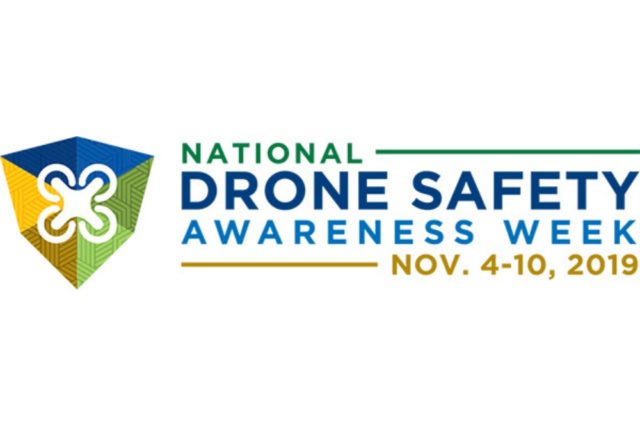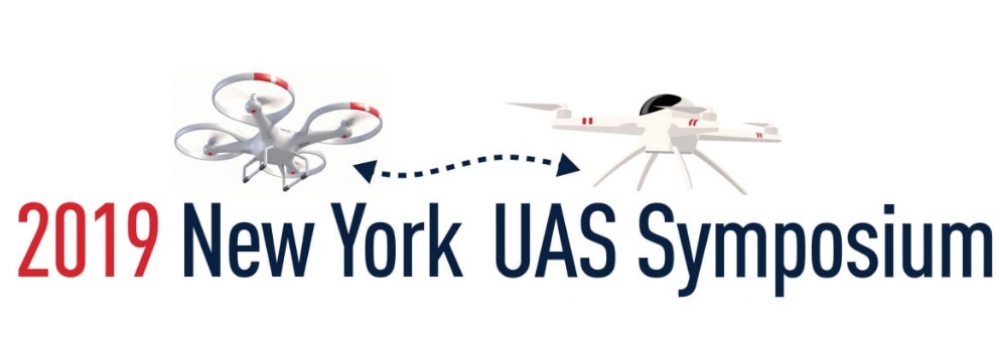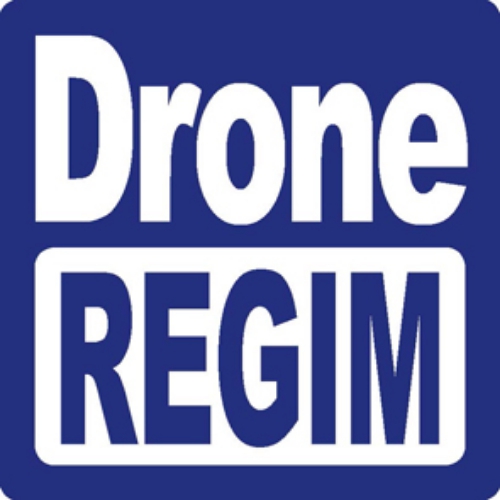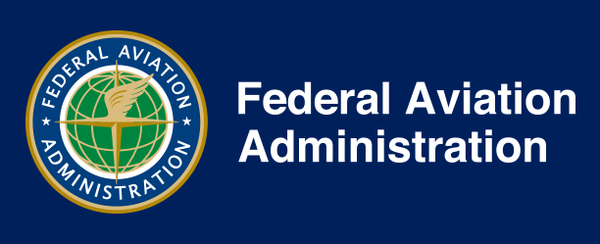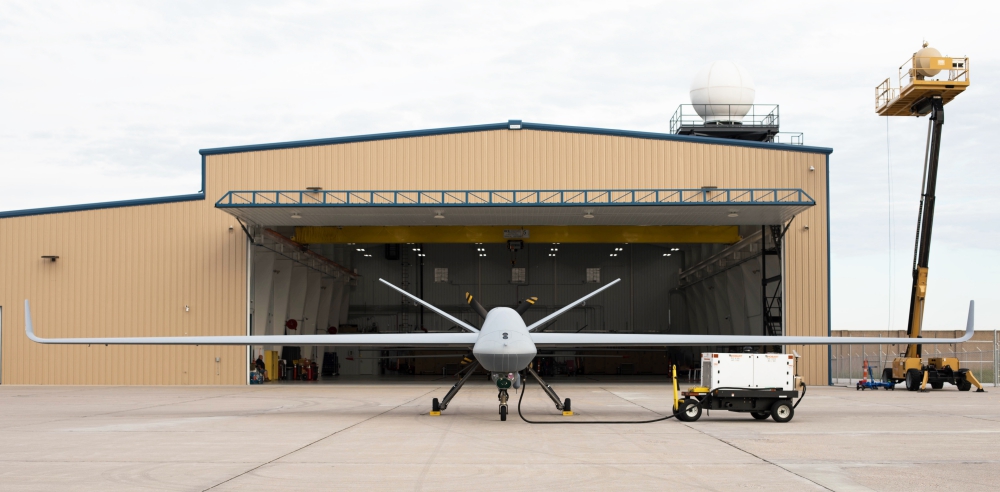The Federal Aviation Administration (FAA) is encouraging the drone community to help spread the word on drone safety with the first National Drone Safety Awareness Week taking place, Nov. 4-10, 2019. The FAA’s highest priority is to ensure the safety of the National Airspace System (NAS), and during National Drone Safety Awareness Week, the FAA reminds drone pilots and stakeholders that airspace safety is everyone’s responsibility. Continue reading
Category Archives: Regulatory Matters
300+ Participants at NUAIR 2019 NY UAS Symposium
The second annual New York UAS Symposium, hosted by NUAIR, at Turning Stone Resort in Verona, New York, Sept. 16-18, 2019 brought in more than 300 participants. The symposium gives the UAS community a chance to network with UAS industry leaders from around the globe, to make new connections, and most importantly, discuss the key issues facing our industry. Continue reading
Call for Participants for ANSI UAS Standardization Collaborative
The American National Standards Institute (ANSI) has issued a call for participants for its Unmanned Aircraft Systems Standardization Collaborative (UASSC). The announcement follows the UASSC’s 2019 plenary meeting held September 12 in Washington, DC, which served as the official launch of an update to the Standardization Roadmap for Unmanned Aircraft Systems (December 2018). Continue reading
FAA, UAS Partners Complete Successful Demos
The Federal Aviation Administration (FAA), NASA and their partners in a pilot program that is laying the groundwork for an Unmanned Aircraft Systems (UAS) traffic management system successfully demonstrated how such a system can work in the future. Continue reading
AiRXOS Completes UTM Pilot Program at Three FAA-Approved Test Sites

AiRXOS, part of GE Aviation, has concluded real-world flight operations for the FAA’s first phase of the Unmanned Aircraft System (UAS) Traffic Management Pilot Program (UPP). The UPP, established in 2017, was designed to identify the initial set of industry and FAA capabilities required to support UAS Traffic Management (UTM) operations. Continue reading
Drone REGIM – New Focus & Objectives
In accordance with the decisions taken at the Drone REGIM meeting on 23 May 2019, and taking into account additionally received inputs, recommendations and guidance, this European drone community action has refocused its priorities (Training & Qualification; Operations; Awareness Creation; Standards; Standard Scenarios), revised the activities of its working groups and launched Round 2 of this initiative. Continue reading
FAA Establishes Intermittent UAS Restrictions over Select Federal Facilities
The Federal Aviation Administration (FAA) has published NOTAM FDC 9/7752 that will allow for intermittent airspace restrictions of drones at select federal facilities nationwide. The NOTAM is effective from September 1, 2019. Continue reading
GA-ASI Receives FAA No-Chase COA for Unmanned Flights in North Dakota
General Atomics Aeronautical Systems, Inc. (GA-ASI) has received a Certificate of Waiver or Authorization (COA) from the Federal Aviation Administration (FAA) for Beyond Visual Line of Sight (BVLOS) operations by utilizing a Ground-based Sense and Avoid (GBSAA) system. The GBSAA system provides an alternative to using a more costly and operationally restrictive chase aircraft. Continue reading

